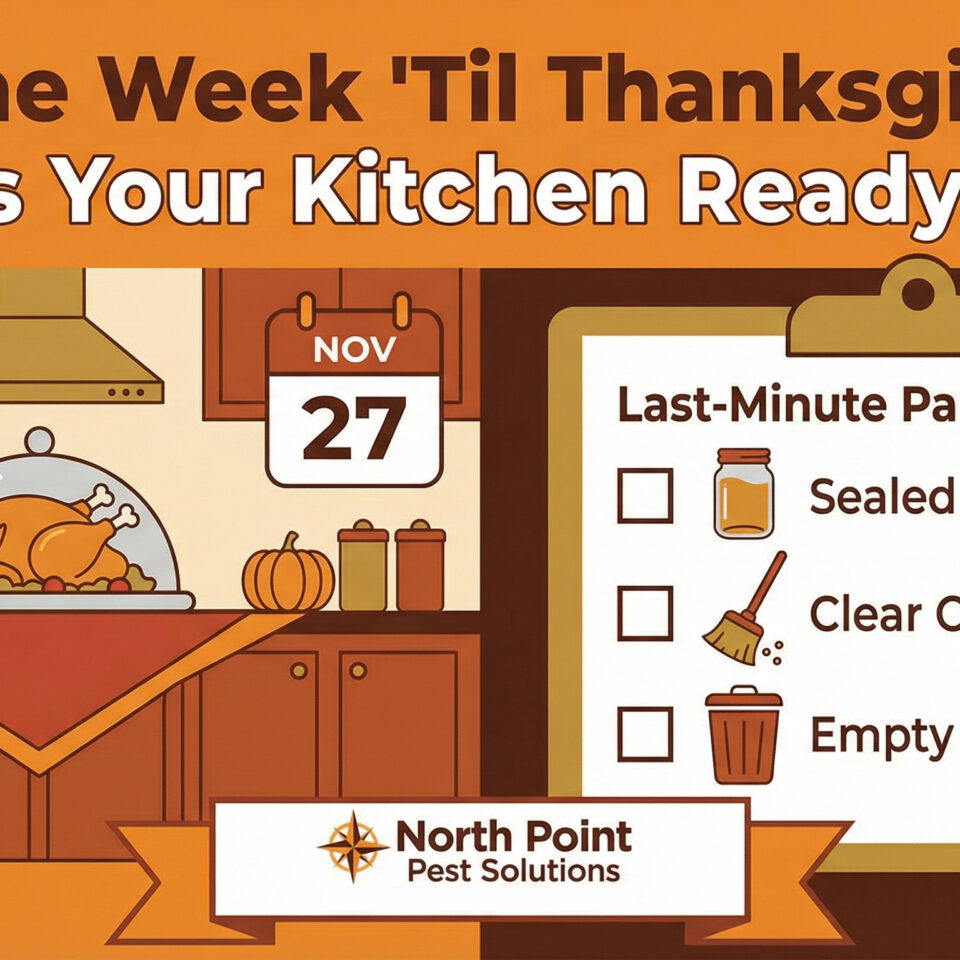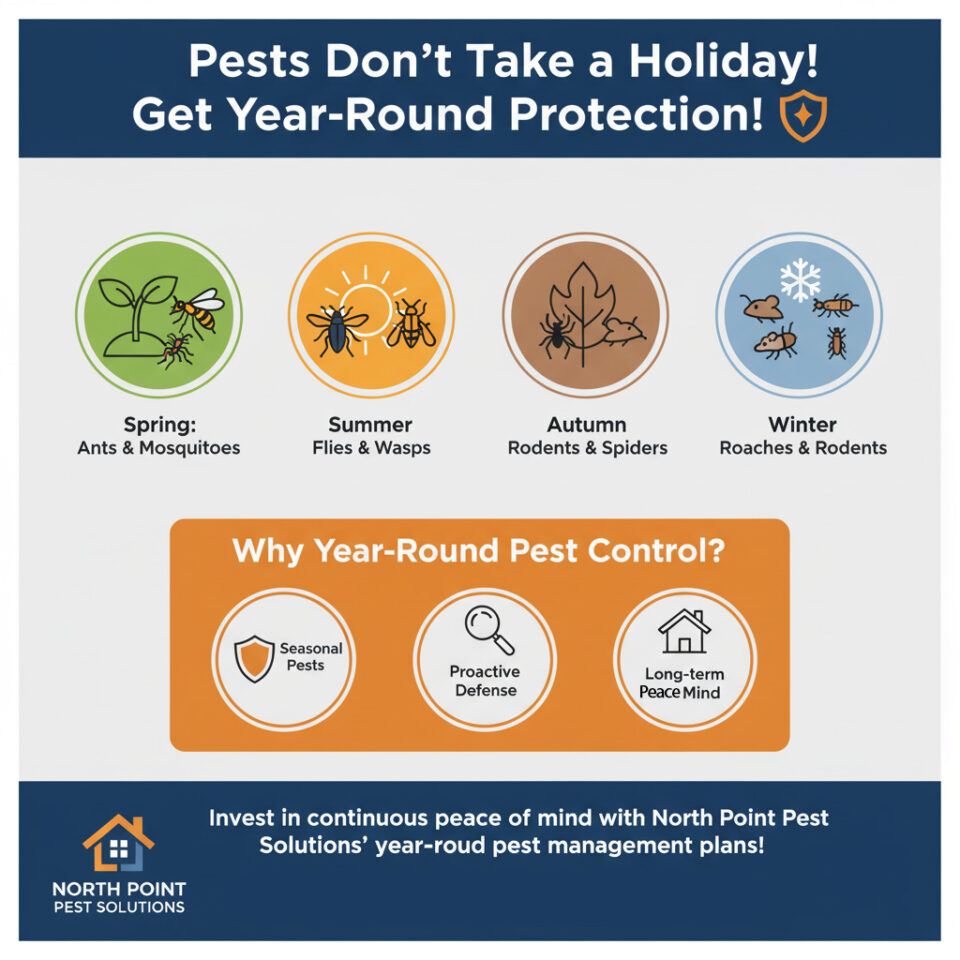Those perfectly manicured lawns, bountiful gardens, and carefully cultivated landscapes can sometimes fall victim to a silent, subterranean menace: voles. These small, mouse-like rodents can cause significant damage to plants, trees, and even turf, leaving a trail of destruction in their wake. But fear not! Understanding how to identify, prevent, and control vole populations is key to protecting your outdoor oasis.
Identify: Is it a Vole?
The first step in effective vole control is accurate identification. Voles are often mistaken for mice, but there are key differences:
- Appearance: Voles are typically stockier than mice, with shorter tails, rounder heads, and smaller ears that are often partially hidden by their fur. Their fur color can range from gray to brown.
- Damage Signs:
- Surface Runways: A tell-tale sign of voles is their intricate network of surface runways – narrow, visible paths about an inch or two wide through the grass. These runways often connect burrow openings.
- Gnaw Marks: Voles are notorious for girdling trees and shrubs, especially young ones. Look for irregular gnaw marks around the base of the trunk, often extending from the soil line upwards. These marks differ from rabbit damage, which tends to be cleaner and higher up.
- Damaged Roots/Bulbs: If your plants are suddenly wilting or dying without apparent cause, voles might be feasting on their roots or underground bulbs.
- No Mounds: Unlike moles, voles do not create large dirt mounds. Their burrow entrances are small, often hidden by vegetation.
Prevent: Making Your Yard Less Inviting
Prevention is always the best defense. By making your property less appealing to voles, you can significantly reduce the likelihood of an infestation:
- Remove Hiding Spots: Voles love cover. Keep your yard tidy by regularly mowing grass, trimming weeds, and removing brush piles, leaf litter, and excessive mulch. Create a “buffer zone” of bare ground or short grass around vulnerable plants.
- Proper Mulching: While mulch is beneficial, apply it judiciously. Avoid piling mulch directly against tree trunks or plant stems, as this provides excellent cover and easy access for voles.
- Hardware Cloth Barriers: For young trees and shrubs, create a physical barrier using hardware cloth (1/4-inch mesh or smaller). Bury the bottom few inches of the cylinder to prevent burrowing underneath and extend it high enough to prevent voles from reaching branches.
- Elevated Garden Beds: Consider using raised garden beds, as this can make it more difficult for voles to access plants from underground. You can also line the bottom of raised beds with hardware cloth.
- Deterrent Plants (Limited Efficacy): Some anecdotal evidence suggests that certain plants, like daffodils or castor bean (though castor bean is toxic and should be used with caution), might deter voles. However, relying solely on this method is often insufficient.
Control: Addressing an Existing Problem
If you’ve identified a vole problem, a multi-pronged approach is often the most effective:
- Trapping: This is often the most reliable method for controlling small to moderate vole populations.
- Snap Traps: Standard mouse snap traps are effective. Bait them with peanut butter, apple slices, or oatmeal. Place traps perpendicular to runways or near burrow entrances.
- Placement: Place traps under covers like boards or buckets to protect them from the elements and non-target animals, and to encourage voles to enter.
- Regular Checking: Check traps frequently and reset them as needed. Wear gloves when handling traps and captured voles.
- Baits (Use with Caution): Rodenticides formulated for voles are available, but use them with extreme caution. They pose risks to pets, wildlife, and children. Always follow product instructions precisely and consider professional help if you choose this method. Baits are generally best used in bait stations to minimize non-target exposure.
- Repellents (Limited Efficacy): While some commercial repellents claim to deter voles, their effectiveness is often inconsistent and temporary. Products containing castor oil or noisemakers may offer some short-term discouragement.
- Natural Predators: Encourage natural predators! Owls, hawks, snakes, and even domestic cats can help keep vole populations in check. Provide perching spots for raptors and maintain a diverse ecosystem.
- Professional Pest Control: For large or persistent infestations, consider contacting a professional pest control service. They have the expertise and tools to safely and effectively manage vole populations.
Patience and Persistence
Vole control requires patience and persistence. A single treatment is rarely enough. By consistently implementing identification, prevention, and control methods, you can protect your landscape investments and enjoy a healthy, thriving outdoor space free from the destructive habits of voles.






